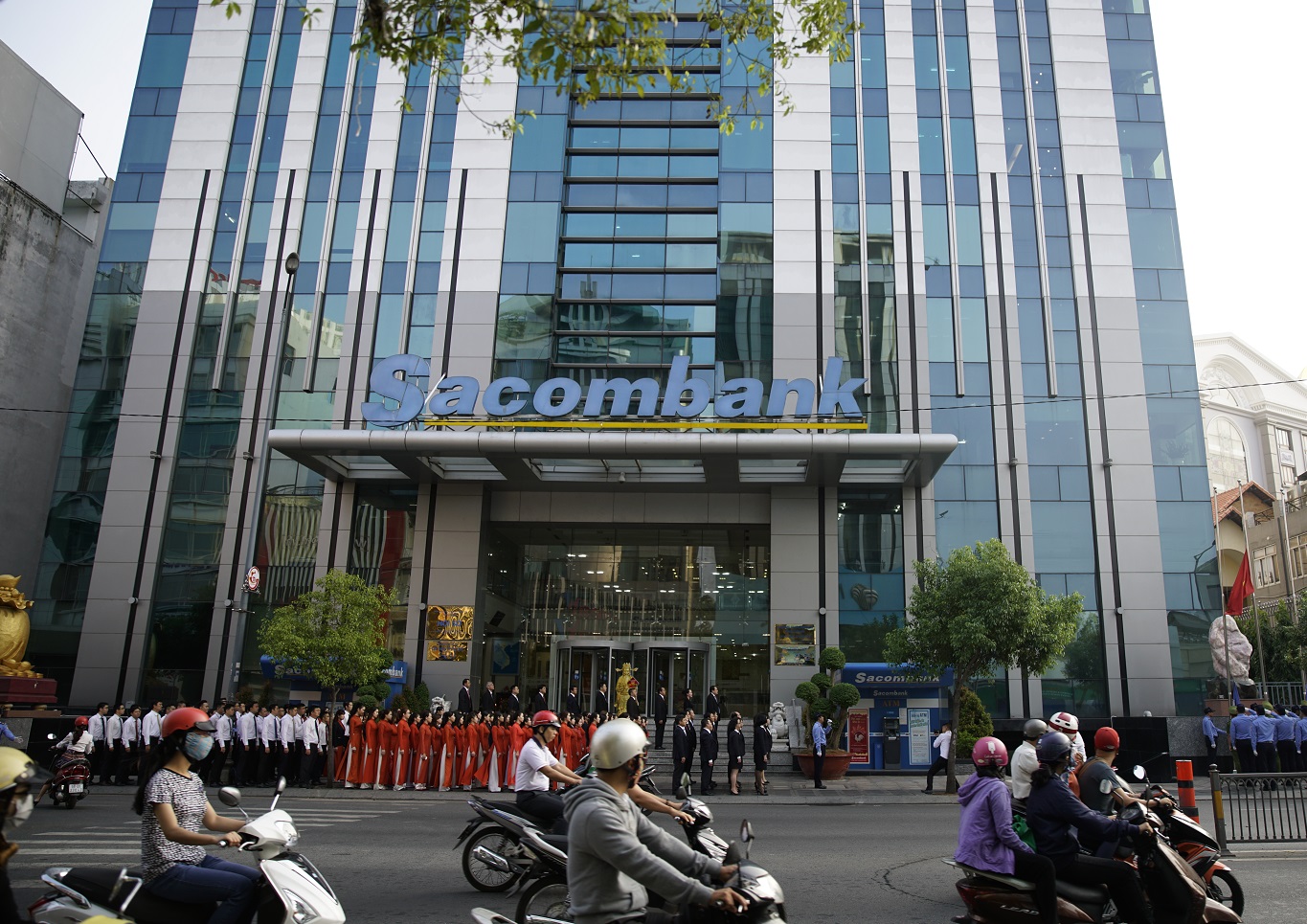Moody's downgrades Sacombank
 |
| Sacombank's hefty collection of problem assets prompts a downgrade by Moody's |
The credit rating agency’s Global Credit Research released on June 13 downgraded the bank’s baseline credit assessment (BCA) to caa2 from caa1 and the long-term counterparty risk assessment to B3(cr) from B2(cr).
Moody’s downgraded Sacombank’s long-term ratings to Caa1 from B3 mainly on account of the bank's weakened solvency, as reflected in its large stock of problem assets. Concurrently, Moody’s has downgraded the bank’s BCA to caa2 from caa1, to reflect the higher risk in the bank’s standalone financial position.
The negative outlook captures the elevated downside risks related to the rating of Sacombank. In Moody’s view, the bank faces very high solvency and liquidity risks.
In May 2017, the State Bank of Vietnam had approved the restructuring plan for Sacombank from now until 2025. According to the bank, the plan is the consequence of its merger with the problematic Southern Bank (not rated) in late 2015.
Sacombank’s total stock of problem assets stood at around VND90 trillion ($4.09 billion) at the end of 2016, around 27 per cent of its total assets. According to the bank, problem assets include non-performing loans, VAMC securities, repo transactions, and accrued interest receivables, Moody’s noted in its report.
According to Moody’s, the bank has low balance sheet buffers against such a large stock of problem assets. Buffers included VND4.8 trillion ($218.18 million) in credit provisions and VND19.6 trillion ($890.9 million) in Tier 1 capital at the end of 2016. In Moody’s view, it will take the bank many years to gradually resolve its large stock of problem assets.
As part of its restructuring plan, Sacombank plans to aggressively repossess and sell collateral backing its problem assets. According to the bank, the value of such collateral—mostly real estate—amounted to VND77 trillion ($3.5 billion) at the end of 2016, and the bank management has very high recovery expectations on problem assets in the coming years.
In Moody’s evaluation success in recoveries is far from assured, because collateral repossession can be lengthy in Vietnam, while its monetisation depends on the dynamics of the real estate market.
The reported capital position of the bank is modest, with a tangible common equity to adjusted risk weighted assets ratio of 8.5 per cent at the end of 2016. The economic capital position of the bank is actually much weaker in Moody’s view, because of the large provisioning gap, even if the bank is able to sell the collateral at close to its expected valuation.
Moreover, Moody’s expects that Sacombank will pursue a rapid growth strategy to increase the share of performing assets, which will create further negative pressure on its capital position.
Profitability will remain very low in the coming years, as a large part of pre-provision income will be channeled into credit provisions. For 2016, the bank’s financial performance was close to the break-even point.
Sacombank’s liquidity and funding profiles were relatively stable in 2016 and early 2017, however, after deteriorating in 2015 following the merger with Southern Bank. Liquid assets amounted to 14 per cent of total assets at the end of March 2017, providing a weak buffer against funding and liquidity shocks.
What the stars mean:
★ Poor ★ ★ Promising ★★★ Good ★★★★ Very good ★★★★★ Exceptional
Latest News
More News
- Overhaul of tax sector boosts operational effectiveness (June 10, 2025 | 13:05)
- Fragmented legalities impede green bonds (June 10, 2025 | 10:16)
- Gold market embarks on transparent path (June 10, 2025 | 09:47)
- Macroeconomic alterations rewrite the playbook (June 10, 2025 | 09:34)
- Exchange rate volatility looms as year-end risks mount (June 09, 2025 | 19:38)
- VBSP expands policy lending to empower marginalised communities (June 07, 2025 | 10:44)
- UOB Vietnam debuts supply chain finance solutions on UOB Infinity (June 06, 2025 | 16:25)
- Policy overhaul aims to modernise gold market framework (June 06, 2025 | 16:08)
- OECD meeting closes with key input from Vietnam's Ministry of Finance (June 06, 2025 | 12:04)
- Lenders utilise tiered interest rate incentives (June 06, 2025 | 10:29)















 Mobile Version
Mobile Version